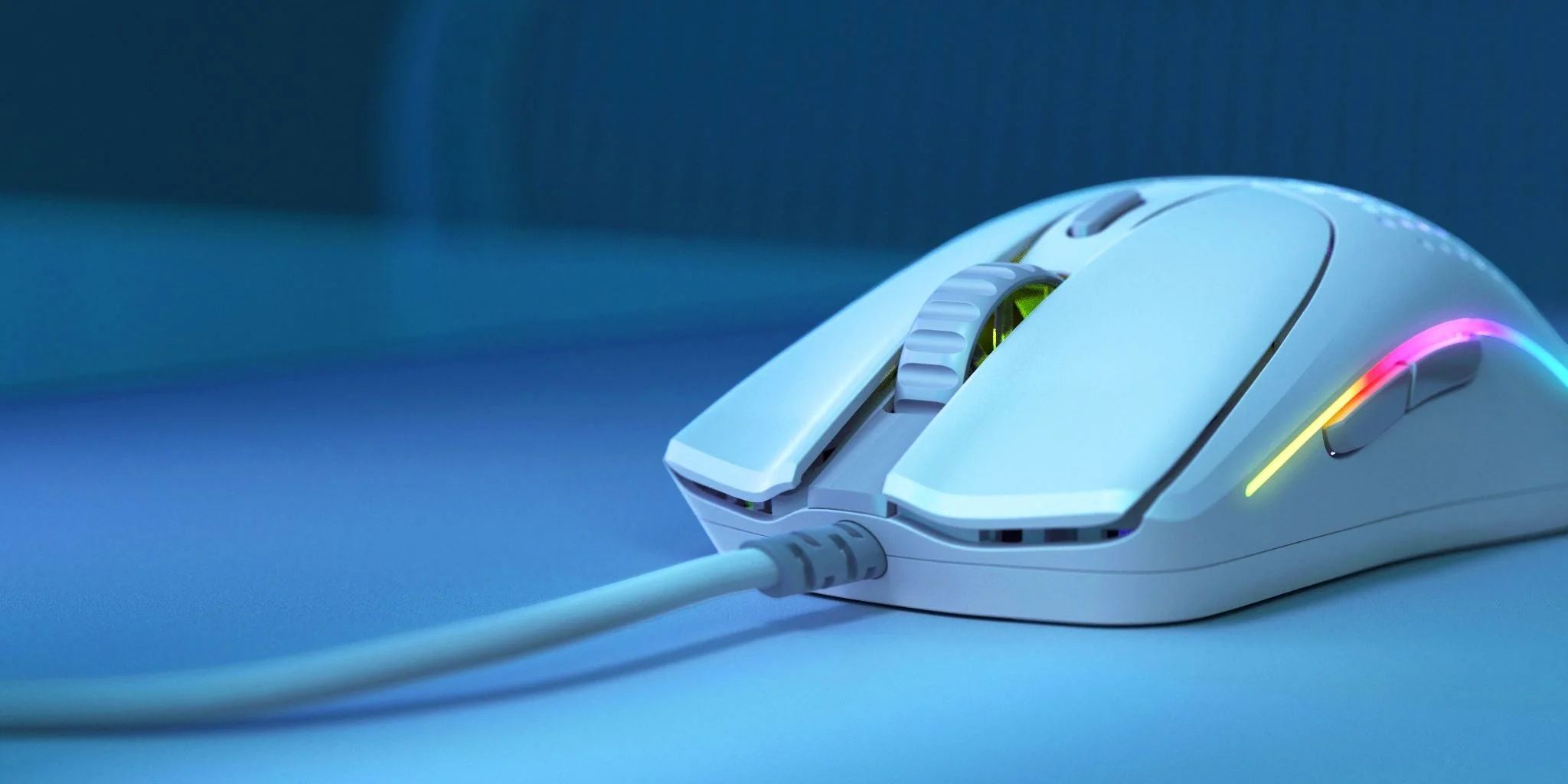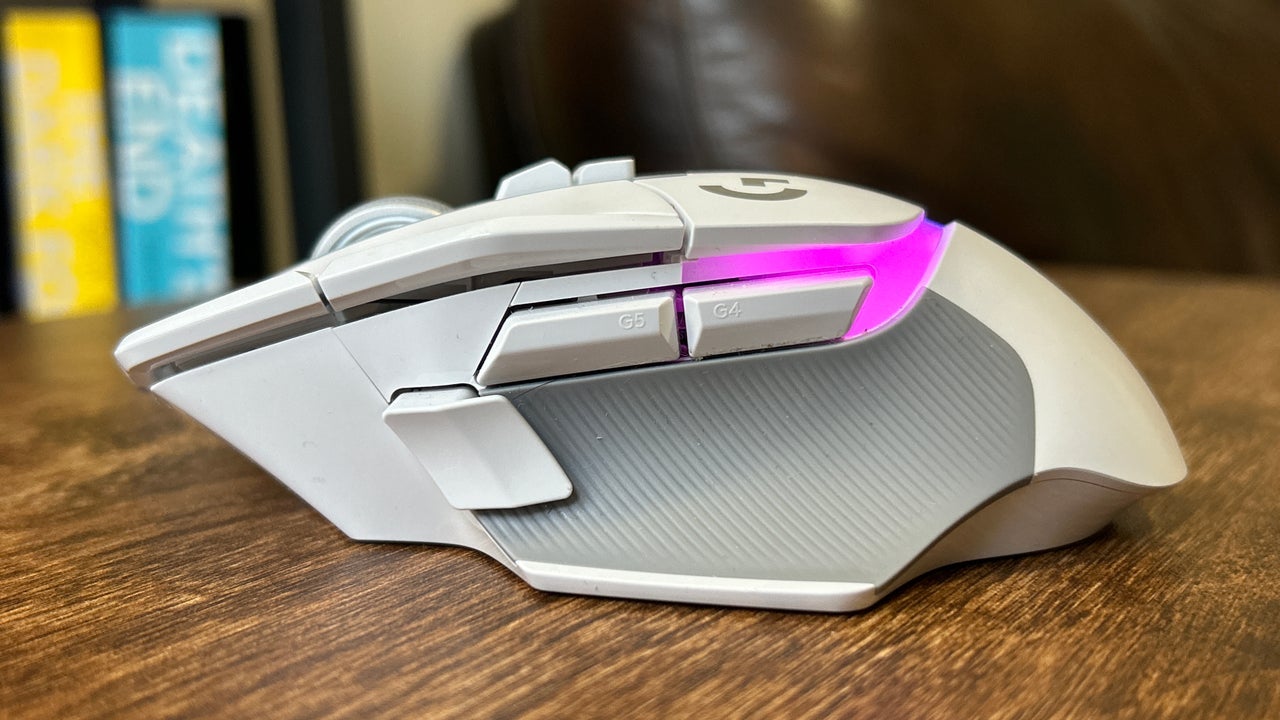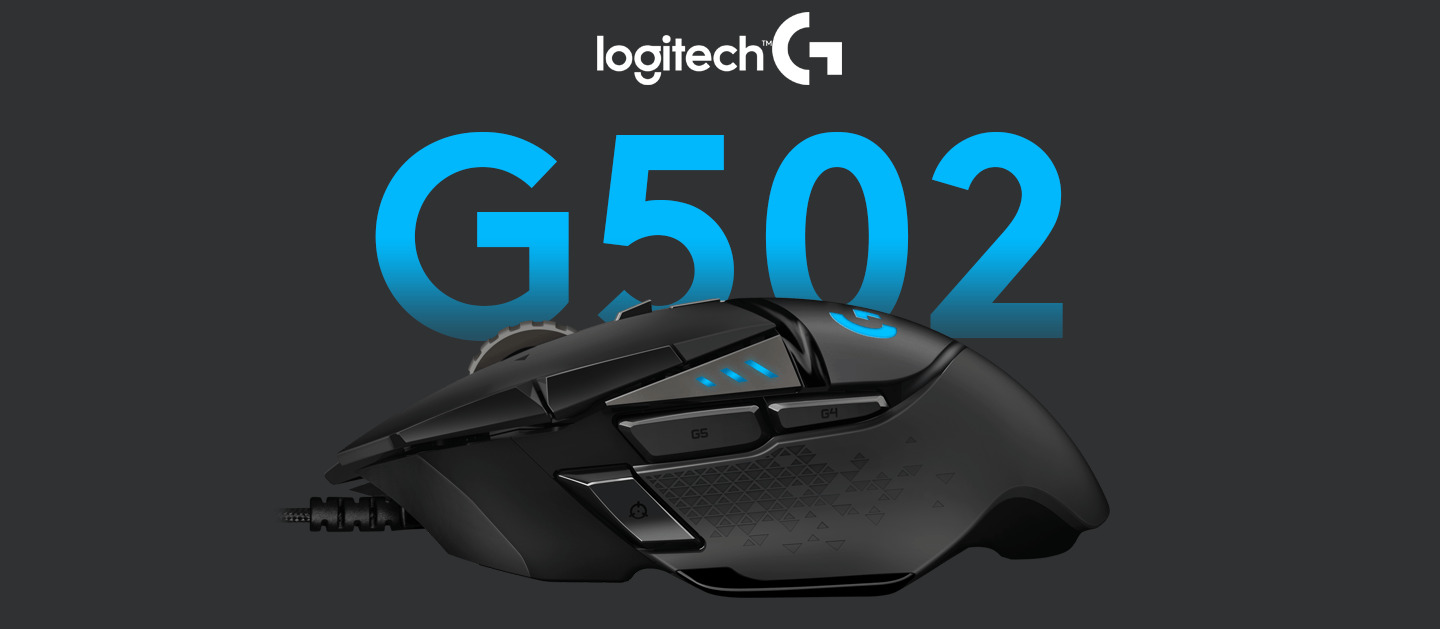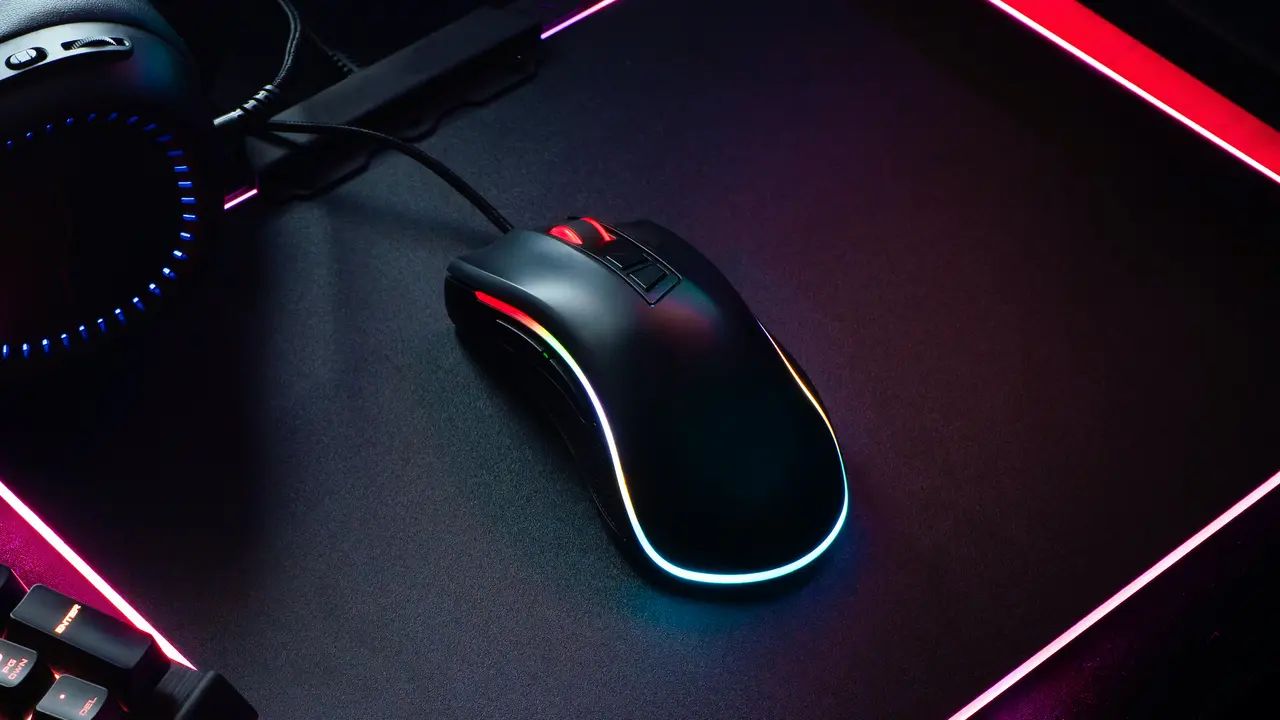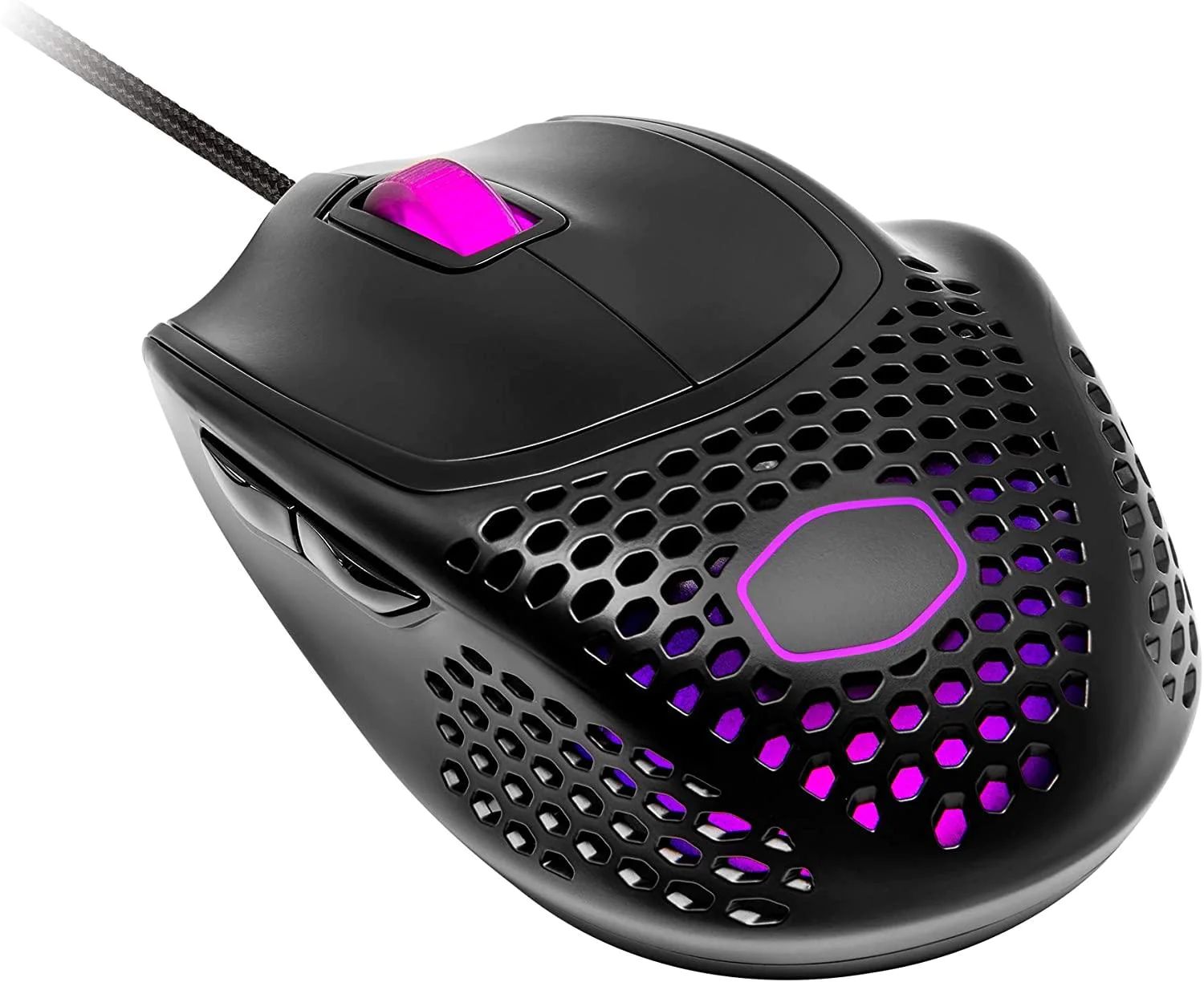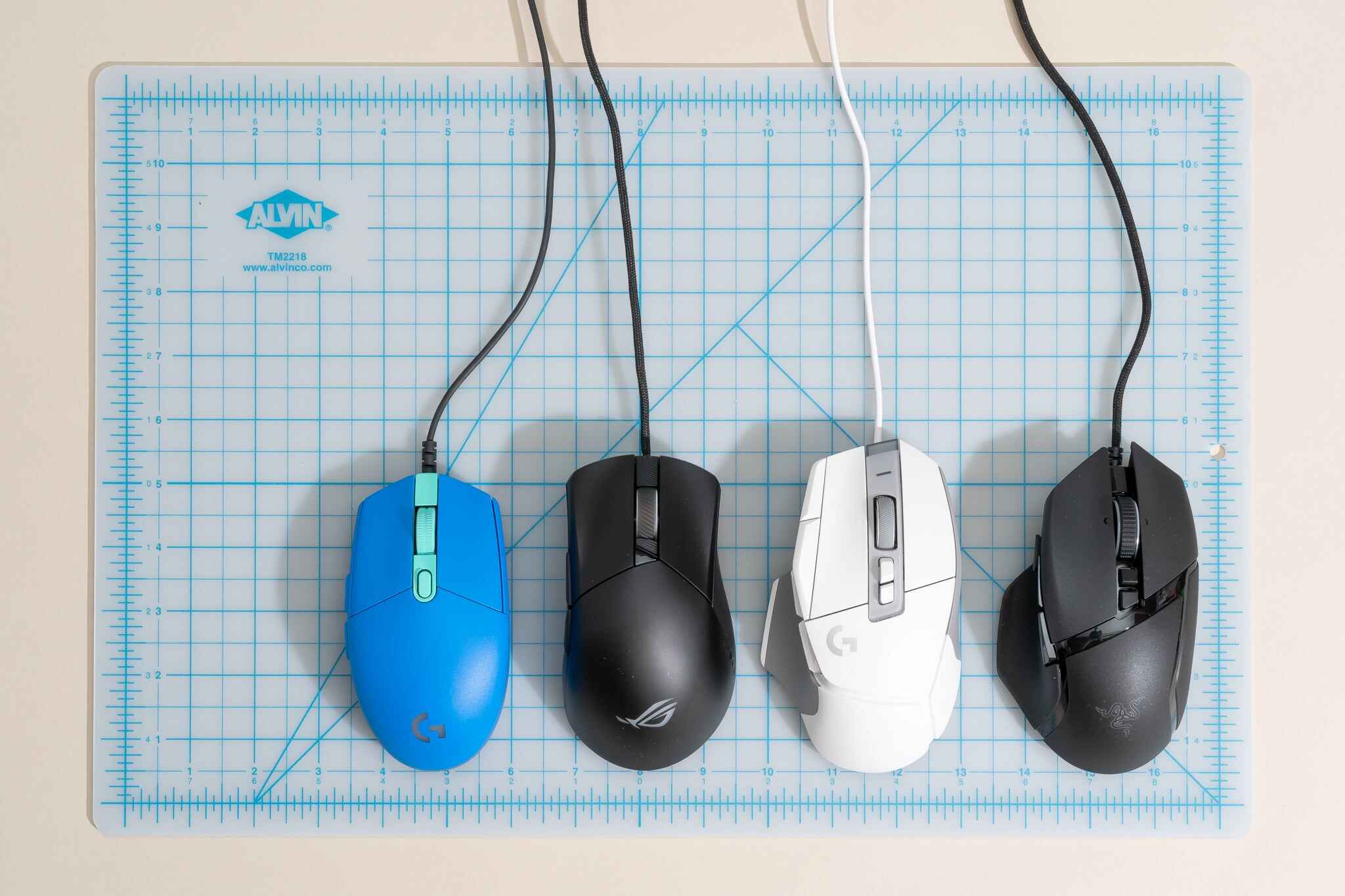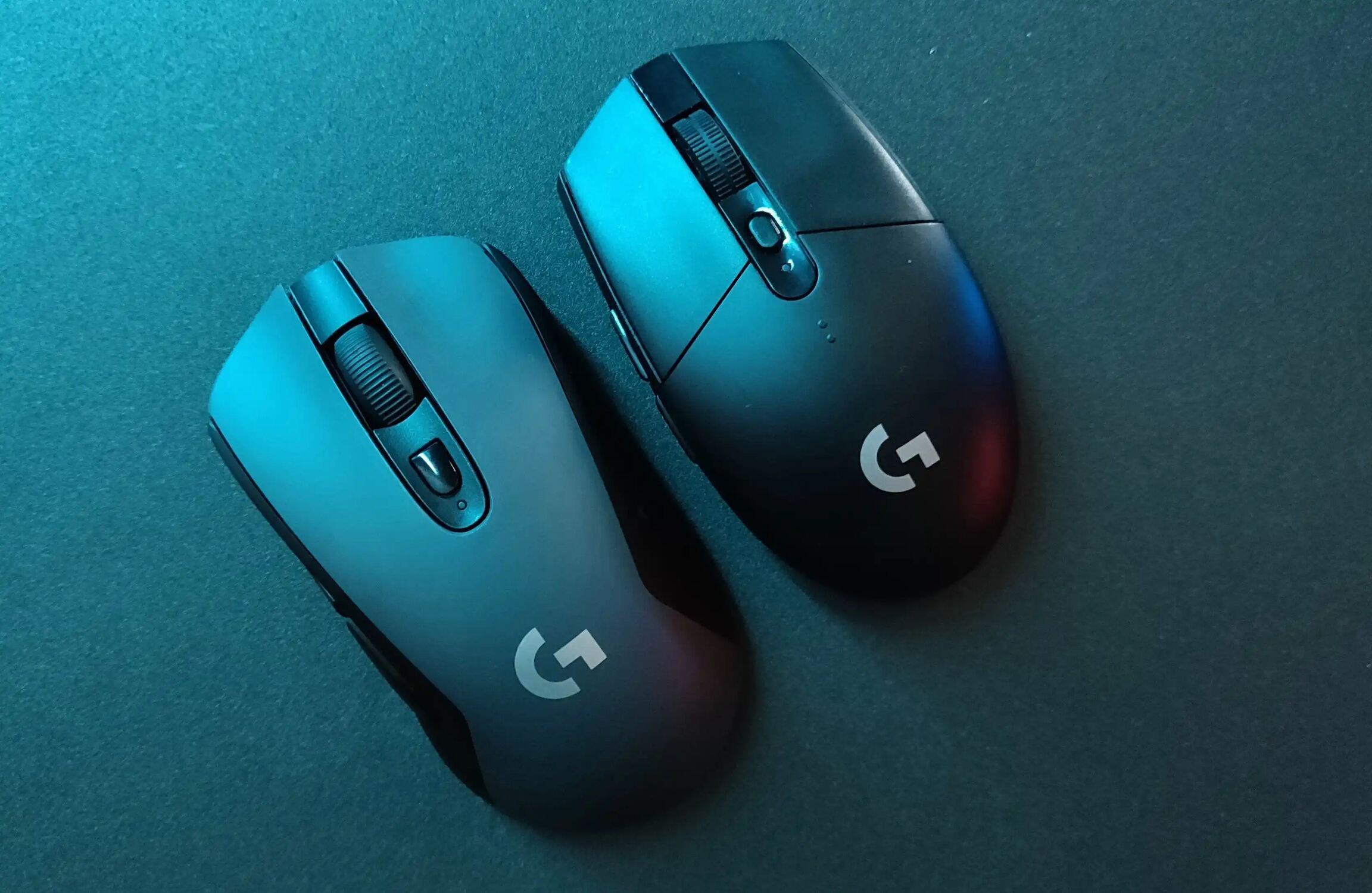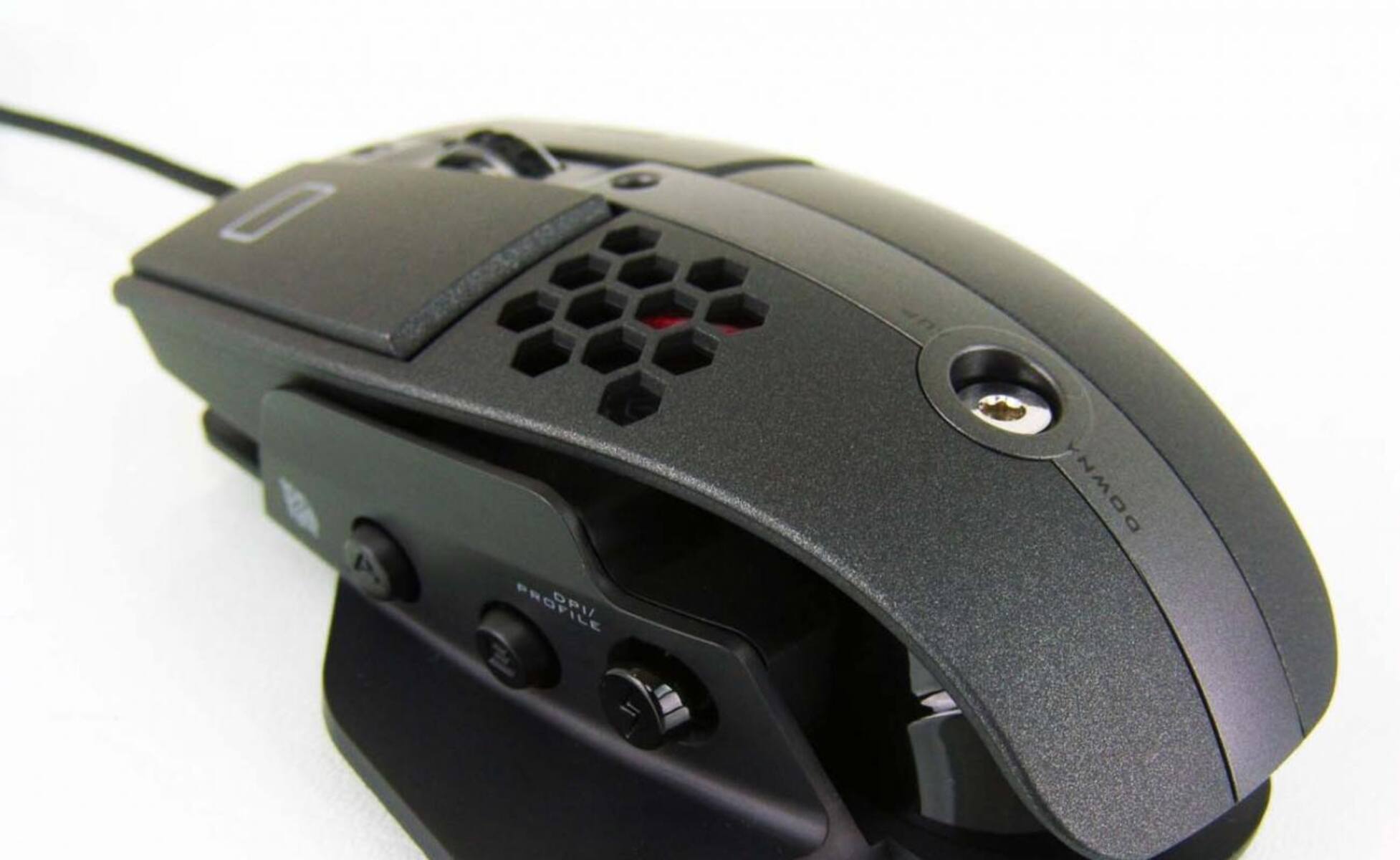Introduction
Gaming has become an increasingly popular pastime, captivating millions of enthusiasts around the world. With the evolution of gaming technology, the demand for precision and accuracy has intensified, leading to the development of high-performance gaming peripherals. One crucial aspect of gaming peripherals, particularly gaming mice, is the DPI (Dots Per Inch) setting. Understanding DPI and its significance in gaming is fundamental for any gamer seeking to enhance their gaming experience.
DPI plays a pivotal role in determining the sensitivity and responsiveness of a gaming mouse. It directly influences cursor movement on the screen, affecting aiming, tracking, and overall gaming performance. As such, selecting the appropriate DPI setting is essential for achieving optimal control and precision during gameplay.
In this comprehensive guide, we will delve into the intricacies of DPI and its impact on gaming. We will explore the concept of DPI, elucidate its effects on gaming performance, and provide insights into finding the ideal DPI setting tailored to individual preferences. By the end of this article, you will have a profound understanding of DPI and its relevance in the gaming realm, empowering you to make informed decisions when configuring your gaming mouse. Let's embark on this DPI exploration and unravel the secrets to maximizing your gaming potential.
What is DPI?
DPI, an acronym for Dots Per Inch, is a metric used to measure the sensitivity of a mouse, specifically the distance the cursor moves on the screen in relation to physical movement. In the context of gaming, DPI refers to the mouse’s sensitivity level, determining how much the cursor moves in response to physical mouse movement. A higher DPI setting results in more cursor movement for the same physical mouse displacement, while a lower DPI setting reduces the cursor’s speed for the same physical movement.
Essentially, DPI serves as a multiplier for the mouse’s physical movement, affecting the speed and precision of cursor tracking on the screen. Higher DPI settings can result in faster cursor movement, making it suitable for high-resolution displays or scenarios requiring swift mouse movements, such as fast-paced gaming. Conversely, lower DPI settings offer finer control and precise cursor movement, ideal for tasks that demand accuracy and meticulous pointer placement.
It is important to note that DPI is not the sole determinant of a mouse’s performance, as factors such as sensor quality, acceleration, and polling rate also influence its overall responsiveness and accuracy. Nonetheless, DPI remains a crucial parameter that significantly impacts a gaming mouse’s behavior and is a key consideration for gamers aiming to optimize their gaming setup.
How DPI Affects Gaming
The DPI setting of a gaming mouse directly influences the gaming experience in various ways. One of the primary impacts of DPI on gaming is cursor speed and precision. Higher DPI settings result in faster cursor movement, enabling swift and dynamic in-game actions. This heightened sensitivity is advantageous in fast-paced gaming genres, such as first-person shooters (FPS) and real-time strategy (RTS) games, where quick reflexes and precise aiming are paramount.
Conversely, lower DPI settings offer finer control and enhanced precision, making them suitable for games that demand meticulous targeting, such as sniping in FPS games or precise cursor manipulation in strategy games. The lower sensitivity provided by a reduced DPI setting allows for steady and controlled movements, facilitating accurate aiming and precise maneuvering in gaming environments that require meticulous cursor placement.
Moreover, DPI impacts the ergonomics of gaming, as it influences the physical movements required to navigate the gaming environment. Higher DPI settings necessitate minimal physical mouse movement to achieve substantial cursor displacement, reducing the need for broad and sweeping hand motions. This can be advantageous for gamers with limited desk space or those seeking to minimize physical strain during extended gaming sessions.
On the other hand, lower DPI settings may require more extensive physical mouse movements to achieve the desired cursor displacement, potentially promoting a more deliberate and controlled gaming style. This can be beneficial for gamers who prefer a more deliberate and measured approach to their gaming actions, as it allows for precise and intentional cursor positioning without the risk of overshooting or erratic movements.
Understanding the impact of DPI on gaming is pivotal for tailoring the gaming experience to individual preferences and playstyles. By optimizing the DPI setting to align with specific gaming requirements, players can enhance their precision, control, and overall gaming performance, ultimately elevating their gameplay to new heights.
Finding the Right DPI for You
Discovering the ideal DPI setting for your gaming mouse involves a personalized approach that considers individual preferences, gaming habits, and physical attributes. While there is no one-size-fits-all DPI setting, several factors can guide the selection process to ensure optimal gaming performance and comfort.
First and foremost, it is essential to assess your gaming style and the genres you frequently engage with. If you favor fast-paced, action-packed games that demand quick reflexes and swift cursor movements, a higher DPI setting may be advantageous. Conversely, gamers who prioritize precision and deliberate cursor control, such as snipers in FPS games or strategy enthusiasts, may find lower DPI settings more conducive to their gameplay.
Physical attributes, including hand size and dexterity, also play a significant role in determining the appropriate DPI setting. Gamers with larger hands may benefit from higher DPI settings, as it allows for efficient cursor traversal across the screen with minimal physical movement. Conversely, individuals with smaller hands or those seeking enhanced precision may find lower DPI settings more accommodating, enabling finer cursor control and deliberate movements.
Experimentation is key to finding the optimal DPI setting that aligns with your gaming preferences. Most modern gaming mice offer customizable DPI settings, allowing users to toggle between various sensitivity levels to assess their impact on gameplay. Engaging in trial and error to test different DPI configurations in actual gaming scenarios can provide valuable insights into the ideal setting that complements your playstyle and enhances your gaming performance.
Furthermore, it is crucial to consider the display resolution when determining the appropriate DPI setting. Higher display resolutions, such as 4K, may benefit from higher DPI settings to accommodate the increased pixel density, facilitating smoother cursor movement and precise targeting. Conversely, lower display resolutions may necessitate lower DPI settings to ensure optimal cursor control and accuracy.
Ultimately, the right DPI setting is a highly personalized choice that hinges on individual gaming preferences, physical attributes, and the specific demands of gaming scenarios. By taking into account these factors and conducting thorough experimentation, gamers can pinpoint the DPI setting that optimally caters to their unique gaming needs, empowering them to elevate their gaming prowess and immerse themselves in captivating gaming experiences.
Conclusion
Understanding the significance of DPI in the realm of gaming is pivotal for gamers aiming to optimize their gaming experience. DPI, as a measure of mouse sensitivity, directly influences cursor movement, speed, and precision, profoundly impacting gaming performance across various genres and playstyles.
By comprehending the implications of DPI on gaming, gamers can tailor their mouse sensitivity to align with their individual preferences, gaming habits, and physical attributes. Whether seeking rapid cursor movements for action-packed gameplay or meticulous precision for targeted maneuvers, the right DPI setting can enhance control, accuracy, and overall gaming proficiency.
Finding the optimal DPI setting involves a personalized exploration that encompasses gaming style, physical attributes, and display resolution. Through deliberate experimentation and customization, gamers can identify the DPI setting that best complements their unique gaming requirements, empowering them to unleash their full potential in the virtual realms they inhabit.
As gaming technology continues to advance, the role of DPI in shaping the gaming experience remains a cornerstone of gaming peripheral optimization. By embracing the nuances of DPI and its impact on gaming, players can embark on a journey of discovery, fine-tuning their gaming setup to achieve unparalleled precision, control, and immersion in the captivating worlds of gaming.
Armed with a profound understanding of DPI and its implications, gamers are equipped to embark on a quest for the perfect sensitivity setting, unlocking a realm of gaming mastery and unparalleled performance. Embrace the power of DPI, and let your gaming journey unfold with precision, control, and boundless excitement.







